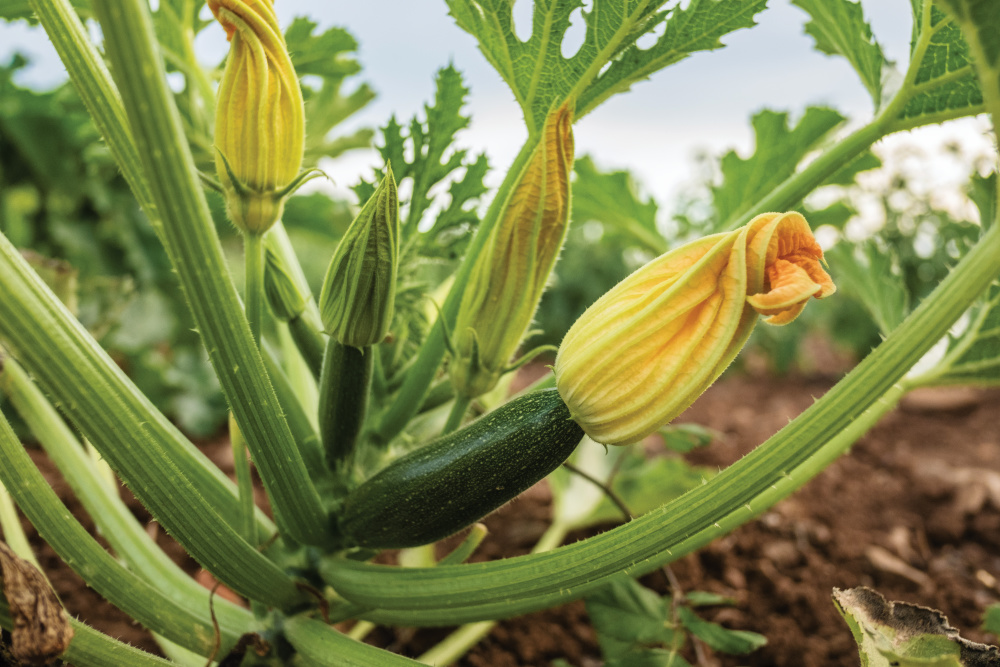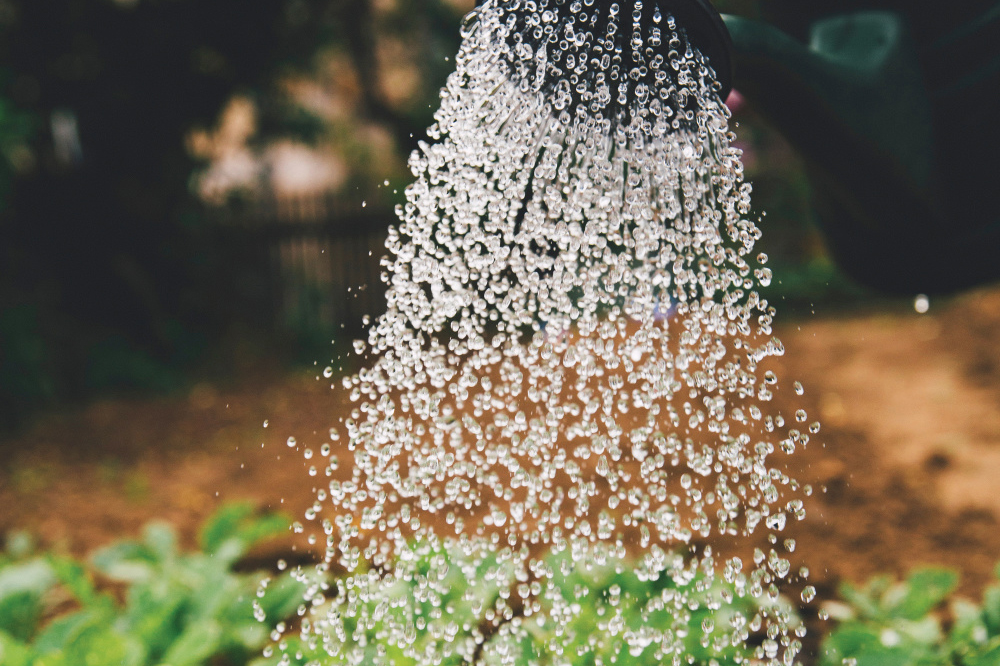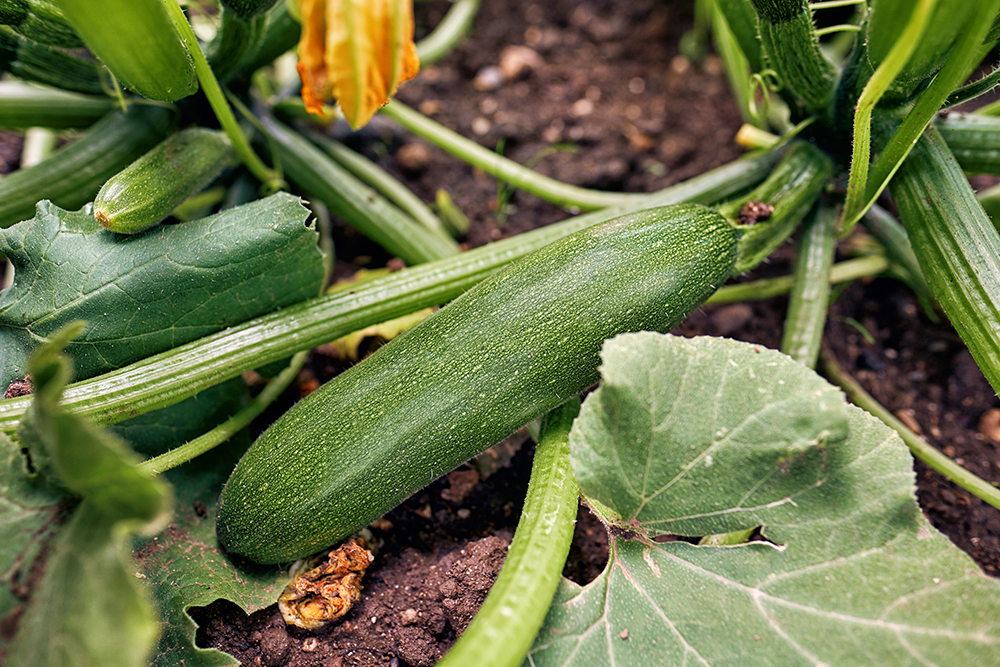Home > Lifestyle > Garden > 7 Tips for Growing Great Zucchini Plants This Summer
7 Tips for Growing Great Zucchini Plants This Summer

You’ve probably heard the old adage that one zucchini plant will feed the entire family – and then some. While it’s true these tasty plants can produce an abundant harvest, you still need to do your due diligence to help them along the way. Here are seven tips that will help you grow great zucchini plants in your summer garden.
See more: How to Blanch and Freeze Summer Squash and Zucchini
1. Use Quality Compost
You may not hear it often, but zucchini plants are actually heavy feeders. That means you need to invest in quality soil and rich, nutrient-dense compost. Whether you’re planting in the ground, raised beds or containers, you can easily amend your soil at any point prior to placing the plants in the ground. While you’re at it, make sure the location you choose offers good drainage. Zucchini aren’t fond of overly wet soil.

2. Water Generously
Speaking of water, you do need to keep these plants on a regular watering schedule. Depending on where you live, this may be as easy as supplementing with the hose when the forecast looks a little dry. Most gardeners recommend giving the plants an inch of water per week. Be sure to water first thing in the morning to avoid leaf burn and powdery mildew or other fungal diseases.
3. Plant in Full Sun
Zucchini thrive in full sun, which means you need to be intentional about where you place them. In order to get the most prolific harvest possible, aim to grow them in a spot that receives full sun for at least 6 to 8 hours a day. Southern exposure is best because the plants will receive plenty of light in the morning and early afternoon without wilting in the harsher late-afternoon sun.
See more: 10 Creative Ways to Use Zucchini This Summer
4. Mound the Soil
When you think of mounding soil, you probably think about potatoes. But did you know zucchini can benefit from this quick and easy practice too? A little bit of extra height in the garden can offer warmer soil, which will encourage your plants to germinate more quickly and extend their growing season. You’ll also get the added benefit of better drainage and air circulation, which your zucchini plants are sure to appreciate.

5. Give Your Plants Space
First-time gardeners are often shocked at how much space zucchini plants take up. They may start small, but don’t be fooled. You need to plant seeds (or transplant seedlings) at least 3 to 4 feet apart so they can grow outwards and produce a good harvest. Zucchini plant leaves are also very large, and planting them too close together runs the risk of one plant’s leaves shading out another. Proper spacing also decreases the risk of disease, which you want to avoid at all costs.
6. Grow Them Vertically
Want to get fancy? Grow your zucchini vertically. All you need to do is invest in some heavy-duty staking and start training the vines early on to climb up rather than out. In addition to saving you precious room (a vital resource to anyone confined to a small growing space), this will increase air circulation and help prevent diseases that are easily spread when plants are in constant contact with the soil (and pests). You can use anything from trellises and stakes to tomato cages. But make sure you install them at the time of planting or shortly after to avoid accidentally piercing the roots and killing the plants.

7. Keep an Eye on Pollination
If you look closely at a zucchini plant as it begins to flower, you’ll notice two distinctly different flowers. One is male (a straight, thin stem) and the other is female (has small fruit behind the petals). In order for your plants to produce fruit, pollen from the male flower needs to make it to the female flower. If you have an abundance of pollinators (such as bees, butterflies or hummingbirds) in your garden, you can probably rely on them to get the job done. Otherwise, you might need to supplement with hand pollination.
See more: Common Garden Pests and How to Get Rid of Them
8. Watch Out for Squash Borers
Squash borers are the most notorious villains when it comes to growing hardy squash plants. These are most common in the eastern part of the United States, and they are tricky to get rid of once they settle in. Adult borers lay their eggs in the soil, and the larvae burrow their way into the stem of squash plants once they hatch. Keep an eye out for small brown eggs (often spotted in clusters), fat white larvae (about an inch long) or adult moths (resembling wasps).
The best way to avoid these pests is to plant after July when the adult moths have moved on. But if you want to plant early, make sure to rotate where you plant your squash or place aluminum foil around the stem of your zucchini just under the soil to deter the larvae from digging up and into the plant.




I think you’ve confused squash bugs with squash vine borers (svb). You say the svb lays its eggs in the soil, then say to keep an eye out for small brown eggs, often in clusters. The clusters of brown or copper colored eggs, found mainly on the leaves, come from squash bugs. These are also harmful so squish these eggs. The svb eggs, laid in the ground, will not be visible.